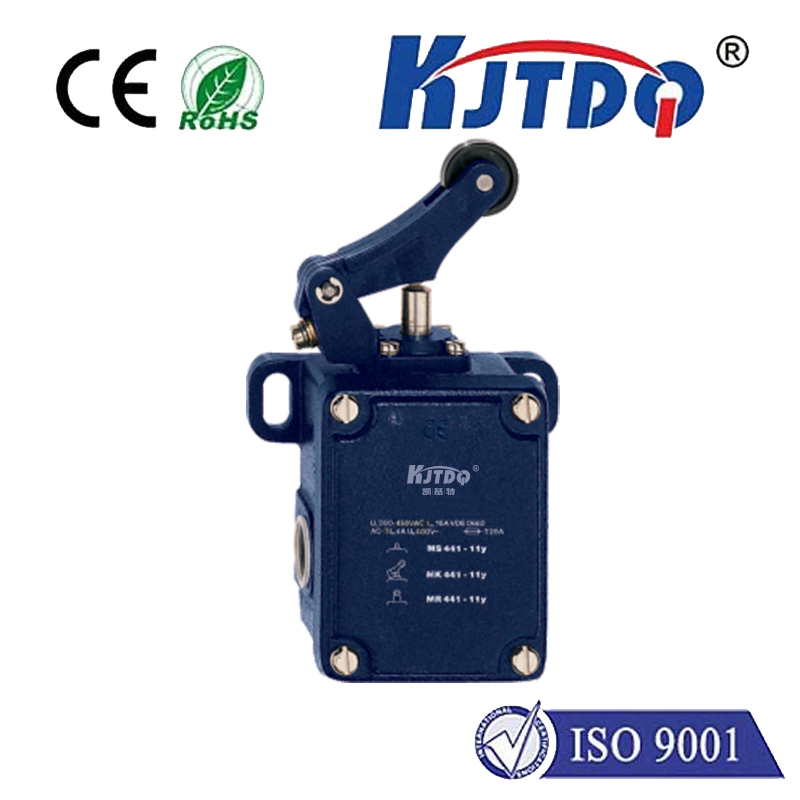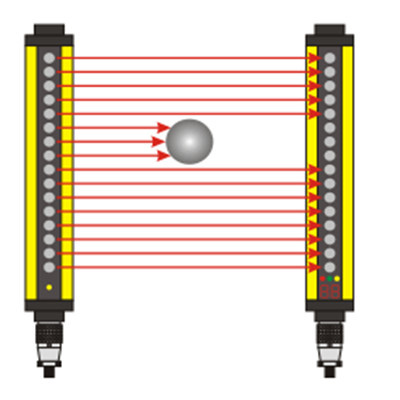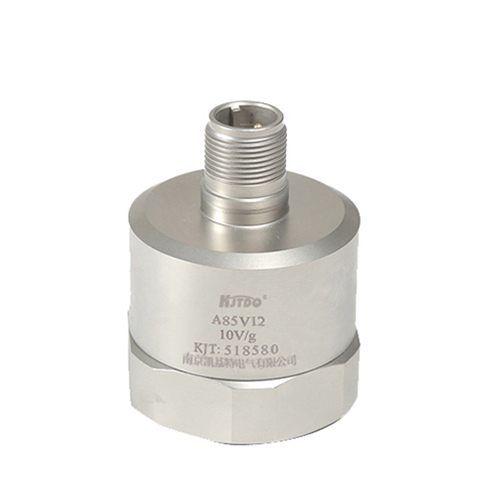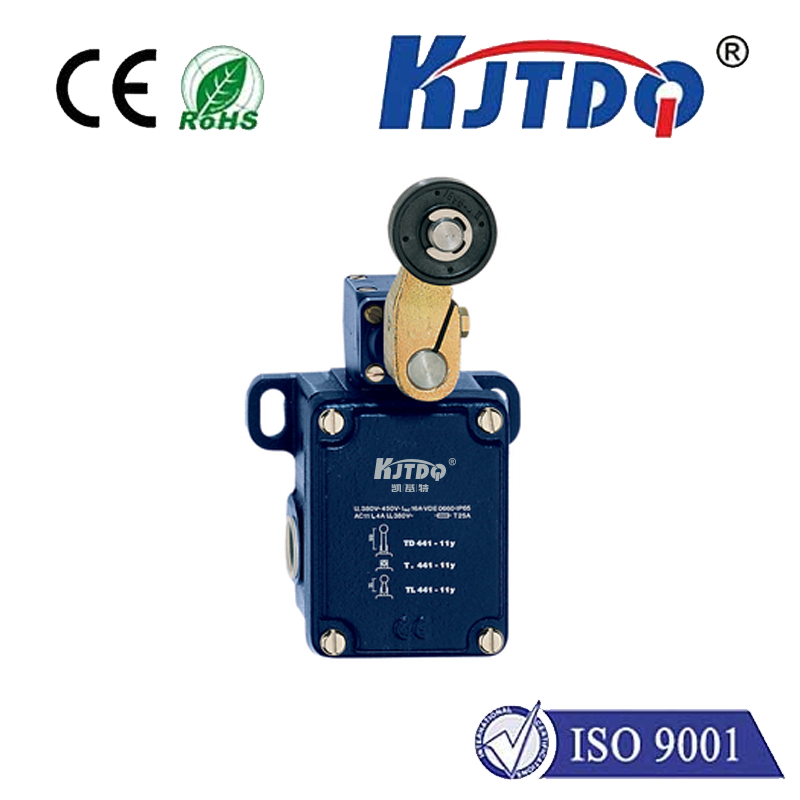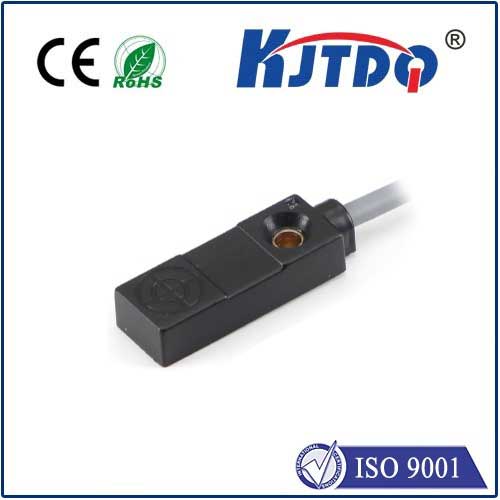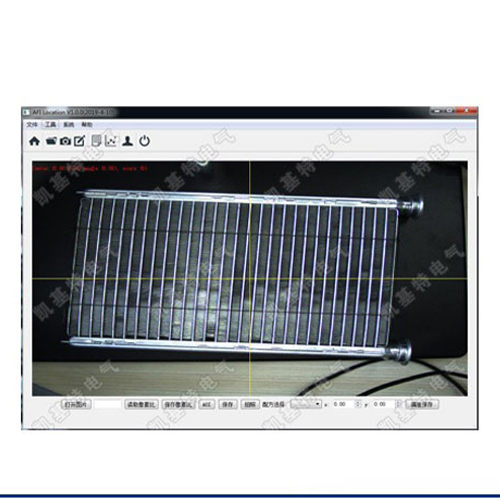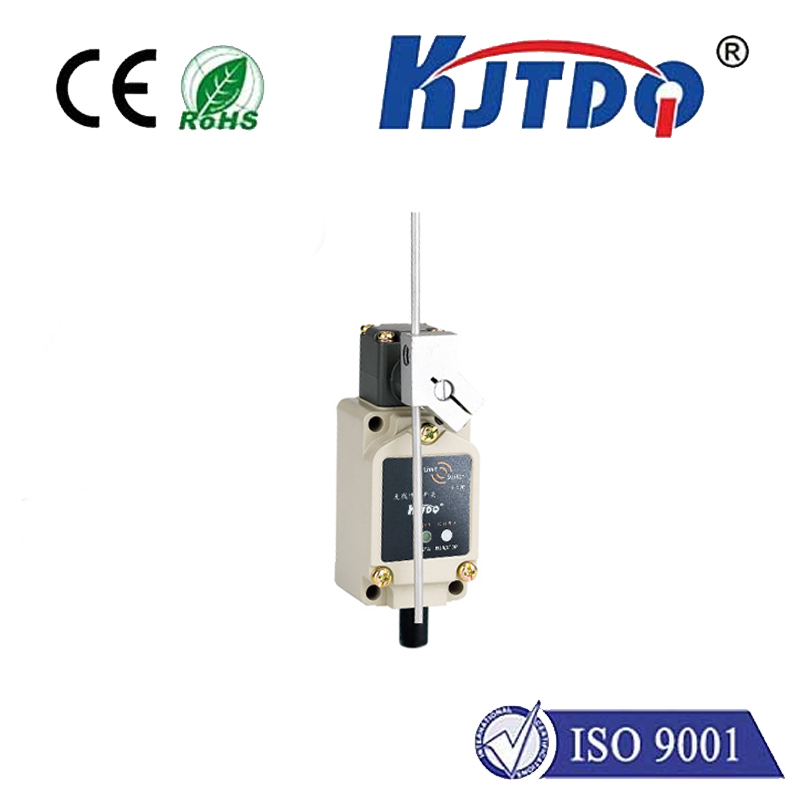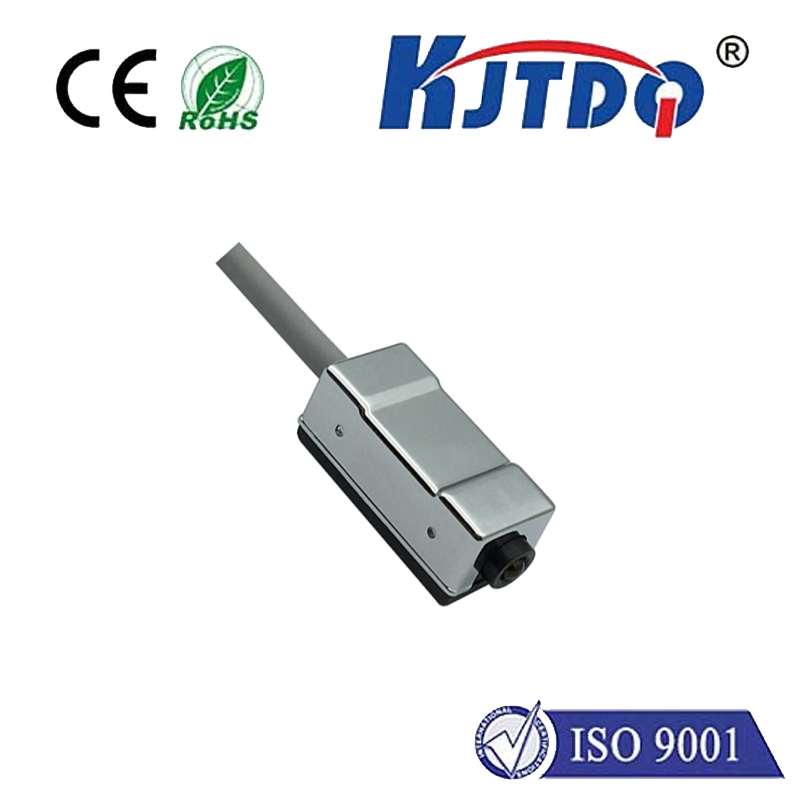retro-reflective photoelectric sensor
- time:2025-09-10 19:56:00
- Click:0
Retro-Reflective Photoelectric Sensors: Your Reliable Partner for Reflector-Based Detection
Imagine needing to detect objects reliably on a fast-moving conveyor belt, monitor the position of large pallets in a warehouse, or ensure safety guards are closed on heavy machinery. In bustling industrial environments where accuracy and dependability are non-negotiable, retro-reflective photoelectric sensors emerge as a remarkably robust and efficient solution. While less discussed than their through-beam cousins, these sensors offer a unique blend of performance and practicality. But how exactly do they bridge the gap between complexity and convenience?
At their core, retro-reflective photoelectric sensors operate on a brilliantly simple principle involving light reflection. Unlike a through-beam sensor requiring separate emitter and receiver units on opposite sides of the detection zone, or a diffuse sensor relying solely on light bouncing off the target itself, the retro-reflective configuration cleverly combines both the light source (emitter) and the light detector (receiver) into a single housing. This unit works in tandem with a specialized retroreflector, typically mounted directly opposite the sensor across the detection path.
Here’s the magic: the sensor constantly emits a beam of light – usually infrared, visible red, or laser – aimed towards the retroreflector. This isn’t an ordinary mirror. A retroreflector (often constructed with prisms or specialized reflective material) is designed to reflect light directly back along its original path, regardless of the angle it hits at. Think “cat’s eye” road markings reflecting car headlights. This efficient redirection sends the emitted beam precisely back to the receiver located within the sensor body. When the light beam hits the receiver uninterrupted, the sensor interprets this as its “normal” state, often signaling an “ON” or “clear path” condition.

Detection occurs when an object physically interrupts this light beam between the sensor and the reflector. When the target object breaks the beam, the highly focused light fails to reach the retroreflector, and consequently, no light (or significantly reduced light) returns to the receiver. This change triggers a switch in the sensor’s output state, signaling the presence of the object. This makes retro-reflective sensors ideal for detecting opaque objects of various sizes moving through a defined path.
Why Choose Retro-Reflective? Key Advantages Shining Through
The popularity of retro-reflective photoelectric sensors isn’t accidental; it stems from several compelling advantages over other sensing modes:
- Simplified Installation & Alignment: This is arguably their biggest benefit. You only need to mount and wire one device (the sensor head) and position the relatively lightweight, passive reflector opposite it. Aligning the sensor involves pointing it generally towards the reflector and ensuring the beam hits its surface. This is significantly faster and less cumbersome than aligning two separate units (emitter and receiver) required for a through-beam sensor, especially over longer distances or in tight spaces. Setup time and complexity plummet.
- Cost-Effectiveness: Generally, a single retro-reflective sensor unit plus a reflector is less expensive than purchasing and installing two distinct through-beam units (emitter and receiver), even considering the cost of the reflector itself.
- Longer Sensing Ranges: While not typically matching the absolute maximum range of high-end through-beam sensors, retro-reflective sensors offer significantly longer effective ranges compared to diffuse mode sensors. Routinely achieving reliable detection at distances of 10 meters, 20 meters, or even 30+ meters is common, making them suitable for larger-scale applications. This extended reach is crucial in warehouse automation, material handling, and large machinery monitoring.
- Reliable Detection: By relying on the interruption of a directed beam, retro-reflective sensors offer high reliability and precision, similar to through-beam sensors, particularly for opaque objects. They are less susceptible to false triggers from environmental conditions (like dust or minor surface reflections) compared to diffuse sensors.
- Handling Shiny Targets – Polarized Light Filtering: One potential pitfall when detecting highly reflective targets (like polished metal or mirrors) is that the target itself might reflect sufficient light back to the receiver, fooling the sensor into thinking the beam is unbroken. Modern retro-reflective sensors overcome this brilliantly using a polarizing filter. The sensor emits polarized light. The retroreflector is specifically designed to rotate this polarization (e.g., 90 degrees) before reflecting it back. The sensor’s receiver has a filter that only allows light with this rotated polarization to pass. A shiny target, on the other hand, simply reflects the light without rotating its polarization. This reflected light is then blocked by the receiver’s polarized filter, ensuring the sensor correctly detects the interruption caused by the shiny object. This polarized retro-reflective configuration is essential for many industrial applications involving metallic components.
Understanding the Technical Nuances: Range, Reflectors & Outputs
When selecting a retro-reflective photoelectric sensor, key specifications demand attention:
- Sensing Range: Always refers to the maximum reliable distance between the sensor and the retroreflector. Ensure this range comfortably accommodates your application’s maximum gap.
- Light Source: Common choices are Infrared (IR - invisible, high immunity to ambient light), Red Light (visible for easier alignment), and Laser (very precise, long-range, small spot size).
- Reflector Type & Size: Standard reflectors (prismatic or tape) handle most applications. For very long ranges, larger reflectors capture more light. Consider environmental factors (dirt, potential impacts) when choosing reflector material and mounting.
- Beam Pattern: Standard beam, focused beam (for precise detection), or laser beam options are available.
- Output Type: Discrete outputs (NPN/PNP transistor, relay) are standard. Analog output versions exist for distance measurement.
- Housing & Environmental Rating: Critical for industrial durability. Look for robust materials (metal or high-grade plastic) and high IP ratings (e.g., IP67, IP69K) for dust and water resistance. NEMA ratings may also apply.
- Response Time / Switching Frequency: How quickly the sensor can detect an object and change its output state. Vital for high-speed applications.
- Special Features: Light-ON/Dark-ON switching logic, short-circuit protection, teach-in capability for easy setup, IO-Link for smart communication and diagnostics.
Where Retro-Reflective Sensors Shine: Diverse Applications
The practical applications for retro-reflective photoelectric sensors are vast across automation and safety:
- Conveyor Systems: Detecting presence/absence of boxes, cartons, pallets, bottles, or parts on conveyor belts at key points (e.g., accumulation zones, diverters, fill stations).
- Material Handling: Monitoring pallet positions in racking systems, verifying elevator/platform levels, detecting vehicles or loads passing through doorways or gates.
- Packaging Machinery: Ensuring product is present before sealing, counting items, verifying flap closure on boxes, detecting film web breaks.
- Automotive Manufacturing: Verifying component presence on assembly lines, confirming door/hood/trunk closure positions, detecting vehicle bodies in paint booths or wash systems.
- Security Systems: Detecting personnel or vehicles entering restricted zones, monitoring perimeter gates or doors (using the beam break principle).
- Safety Systems: Used as part of safety light curtains or perimeter guarding systems where a broken beam indicates an intrusion into a hazardous area (often using specialized safety-rated versions). Ensuring machine guards are securely closed before operation commences is another critical safety function.
- Printing & Textiles: Detecting paper/roll presence, web breaks, or edge guiding.
Maximizing Performance: Installation & Maintenance Best Practices
To ensure your **







